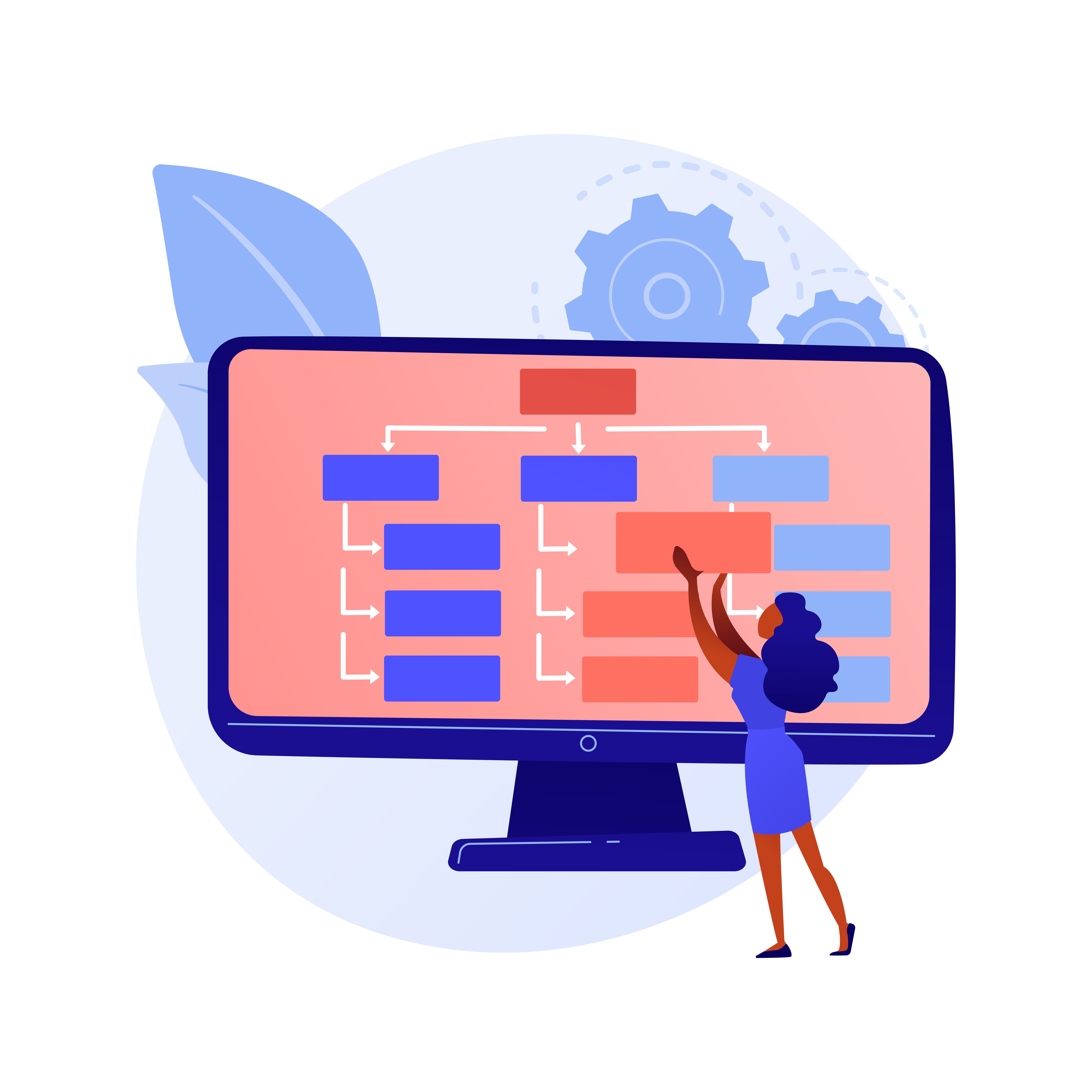
Supplier onboarding is more than a formality; it’s the process that sets the tone for your relationship with a vendor. The difference between a good program and a great one often comes down to a few shared traits that make onboarding smoother, faster, and more reliable.
Key Takeaways
- A standardized process ensures consistency, reduces errors, and speeds up onboarding.
- Early risk assessment prevents costly problems later in the supplier relationship.
- Clear, structured communication improves supplier satisfaction and reduces delays.
- Automation and integration streamline data collection and eliminate duplicate work.
- Ongoing performance tracking ensures suppliers meet expectations from day one.
Organizations with best-in-class onboarding programs consistently display five qualities that separate them from the rest.
1. A Clear, Repeatable Process
Top-performing procurement teams don’t reinvent the wheel every time a new supplier comes on board. They use a standardized process that covers due diligence, contract setup, compliance checks, and system integration in a predictable sequence. This structure makes onboarding faster for internal teams and less confusing for suppliers.
It also helps avoid gaps. When the same process is followed every time, it’s far less likely that a required document, compliance check, or system setup step will be missed.
2. Early, Thorough Risk Assessment
Best-in-class programs don’t wait until after a supplier is active to uncover risk. They start by evaluating:
- Qualifications – Can the supplier meet required performance standards?
- Capabilities – Do they have the resources and infrastructure to deliver?
- Compliance readiness – Are they aligned with legal, regulatory, and industry-specific requirements?
This proactive approach prevents costly disruptions later, when addressing risk often takes more time and money. Many leaders also use third-party data to verify supplier claims and avoid over-reliance on self-reported information.
3. Strong Communication Channels
Suppliers in a top-tier onboarding program know exactly what’s expected of them at every stage. The best programs establish clear communication pathways from the start, providing:
- A single point of contact for questions
- Regular updates on progress and next steps
- Written guidelines and timelines that eliminate guesswork
Clear communication improves supplier satisfaction and reduces back-and-forth emails that slow onboarding.
4. Technology That Does the Heavy Lifting
Automation is a defining feature of leading onboarding programs. Supplier portals allow vendors to submit information directly, reducing manual data entry and the errors that come with it.
The most effective systems integrate with ERP or procurement platforms so data flows automatically where it’s needed. This eliminates duplicate work and ensures that every department—from procurement to accounts payable—has the most up-to-date supplier information.
5. Ongoing Performance Tracking
Onboarding doesn’t end when a supplier is added to the system. Best-in-class programs build in mechanisms to track supplier performance against agreed KPIs from day one.
By monitoring delivery times, quality standards, and compliance status early, procurement teams can identify and address issues before they impact operations. This ongoing feedback loop strengthens the supplier relationship and supports long-term success.
The Common Thread
While each of these traits delivers value on its own, together they create an onboarding process that is fast, accurate, and resilient. The best programs are built on a foundation of structure, transparency, and smart use of technology—qualities that reduce onboarding time, minimize risk, and set suppliers up for success from the very first interaction.











